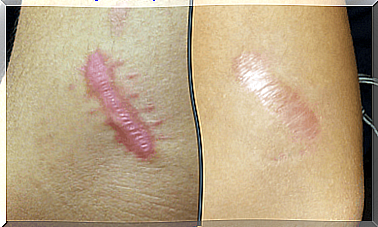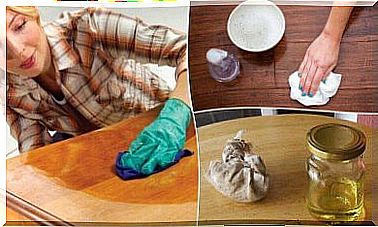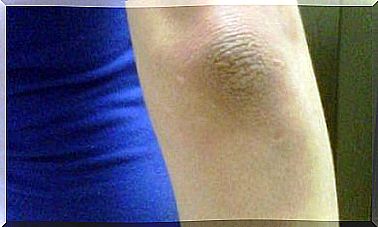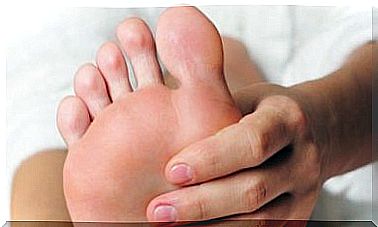Fabric Softener: What’s Behind It?
The problem with the ingredients of the fabric softener is that they – even if in small quantities – constantly penetrate the body through the skin.

Fabric softener is very popular for taking the laundry out of the washing machine gently and smelling good after washing. This product can be found in most households because it is inexpensive and available in a wide variety of types.
What consumers often do not know, however, is that fabric softener contains a wide variety of dangerous substances that can pose health risks, especially for children or people with sensitive skin.
Behind the advertisements that present this product within the framework of a happy family, there are many secrets of the manufacturing companies that prefer not to vent them in their own interest.
Like other chemical products used for household cleaning purposes , fabric softener can have harmful effects that are not always immediately felt.
These include respiratory problems and skin conditions that arise as a direct or indirect reaction to the chemicals.
It was found that over half of the fabric softeners offered on the market contain more than two harmful substances.
Today’s post is about the most common substances that can be found on fabric softener labels. Read on to learn more about it.
Alpha terpineol

This is a colorless and flammable liquid with a lilac aroma that is used to achieve a pleasant scent.
The United States Environmental Protection Agency warns that this substance can play a role in the development of the following ailments:
- Central nervous system disorders
- Hypothermia
- continuous headache
- Depression and anxiety
- Loss of muscle coordination
- Irritation of the mucous membranes
Benzyl acetate
This fragrant active ingredient is one of the most widely used in detergents and fabric softeners. The aroma smells similar to jasmine, the liquid is completely colorless.
This chemical in fabric softener has been linked to the following ailments:
- Increased risk of pancreatic cancer
- irritated eyes
- Difficulty breathing
- a headache
Benzyl alcohol
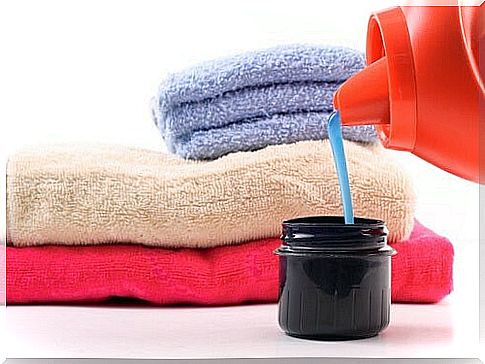
This colorless active ingredient also smells very pleasant. It is extracted from plants and flowers. Benzyl alcohol is not only found in fabric softeners, but can also be found in essential oils such as ylang-ylang, jasmine, and hyacinth.
Contact with this substance has been linked to the following ailments:
- Central nervous system disorders
- Irritation of the upper respiratory tract
- Poisoning and nausea
- a headache
Ethyl acetate
This liquid smells sweet and is used as a flavoring in various household products.
The United States Environmental Protection Agency has classified this chemical as dangerous, so it should be avoided.
It can cause the following symptoms:
- Kidney or liver damage
- Respiratory infections
- Fatigue and anemia
chloroform

Chloroform is a thick, colorless and slightly sweet-smelling liquid. It is used in fabric softeners as a solvent and flavoring agent.
In the eleventh report on carcinogens published by the National Program on Toxicology (USA), this substance is classified as a carcinogen.
Continuous use of products containing this chemical can cause the following health problems:
- fatigue
- Dizziness, nausea and nausea
- a headache
- Kidney and liver damage
- Heart trouble
- Skin problems
- Respiratory infections
Terpinoles
Terpinolen is a colorless, citrus-flavored liquid that is used in many cleaning products. It is used in fabric softeners, shaving creams, soaps, and other household products.
This substance is also classified as a possible carcinogen that is said to promote the multiplication of malignant cells in the kidneys and bladder.
Terpinolene is also associated with the following ailments:
- Irritated eyes
- Skin discomfort
- Sore throat
- Inflammation of the sinuses
Problems often arise in the medium and long term because many products contain small amounts of these substances.
Many of these products are used almost every day. Therefore , a significant amount of these pollutants enter the organism.
In order to avoid dangers, it is therefore good to always read the ingredients of the various products and to use ecological alternatives such as apple cider vinegar or baking soda.


